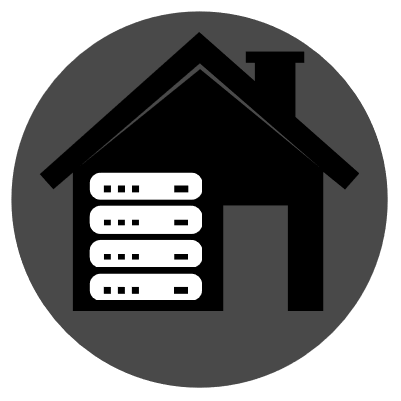Ease of use mostly, one click to restore everything including the OS is nice. Can also easily move them to other hosts for HA or maintenance.
Not everything runs in docker too, so it’s extra useful for those VMs.
Ease of use mostly, one click to restore everything including the OS is nice. Can also easily move them to other hosts for HA or maintenance.
Not everything runs in docker too, so it’s extra useful for those VMs.
How do you handle backups? Install restic or whatever in every container and set it up? What about updates for the OS and docker images, watchtower on them I imagine?
It sounds like a ton of admin overhead for no real benefit to me.
A couple posts down explains it, docker completely steamrolls networking when you install it. https://forum.proxmox.com/threads/running-docker-on-the-proxmox-host-not-in-vm-ct.147580/
The other reason is if it’s on the host you can’t back it up using proxmox backup server with the rest of the VMs/CTs
Regardless of VM or LXC, I would only install docker once. There’s generally no need to create multiple docker VMs/LXCs on the same host. Unless you have a specific reason; like isolating outside traffic by creating a docker setup for only public services.
Backups are the same with VM or LXC on Proxmox.
The main advantages of LXC that I can think of:
Dockers ‘take-over-system’ style of network management will interfere with proxmox networking.


Ahh gotcha, selective sync or virtual file system are the common terms for that. Nextcloud supports it, Owncloud does too and I think Owncloud Infinite Scale does but it’s not 100% clear.
When you say Owncloud couldn’t keep files local without uploading, was that with VFS enabled on the client?


Syncthing works great, if you want a web based file browser you can install one of the many available on a server with syncthing.


Longest interval is every 24 hours. With some more frequent like every 6 hours or so, like the ones for my game servers.
I have multiple backups (3-2-1 rule), 1 is just important stuff as a file backup, the other is a full bootable system image of everything.
With proper backup software incremental backups don’t use any more space unless files are changed, so no real downside to more frequent backups.


I would go with .com for simplicity, sometimes other TLDs will be blocked by spam or DNS filters in my experience.
802.11ac will hit 600-800Mbps easily, and those APs are dirt cheap since it’s old tech.


As an end user it feels bloated and slow, the apps are all over the place and it still doesn’t have voice rooms like discord does.
Also abandoned channels seem to be a huge issue, many of the channels I’m in are on like the 10th version or more and keep creating new ones for some reason, losing the history of the old ones.
The idea is really cool, and it mostly works, it just needs a ton of refinement.
Thanks, I’ve seen a few but they seem more expensive than the WiFi equivalents, I’ll look into some more


That PC can stream anything basically, it sounds like your browser isn’t properly using hardware acceleration maybe.


Posteo.de if you don’t need a custom domain, Mailbox.org if you do.
For cloud storage it should be a different service anyways, it’s best not to combine things with the same company. So for example Tresorit for storage, Bitwarden for passwords, Mullvad for a VPN, etc…


USB hard drive? If we’re talking about a cold backup that’s easy to access a USB drive is reliable and easy.
Yeah pinning is great, you’ll still need watchtower for auto updates too
Do you know roughly how much range they can get? I have wifi sensors out like 500 feet from my house that work OK, but in my research on Zigbee most people say like 100 feet or less?


5TB for $10/mo is very cheap, I don’t know of anywhere else that comes close right now. Hetzner storage box is $13/mo for 5TB so that’s probably the closest thing.
If you’re using under 2TB then their E2 service or Backblaze B2 might be good options, but you have to manage your own backup software.
Komodo is a full management setup, similar to Portainer, Dockge, etc… It works reasonably well.
Watchtower doesn’t require any labeling unless you want to exclude a container.
but my main concern is having a breaking change be automatically updated
Pinning to a major version usually solves this, ie; instead of using postgres:latest use postgres:14 which will give you updates only from version 14.
But also have backups in place, worst case you just roll back to before it updated.
Did you try any of the sync extensions?